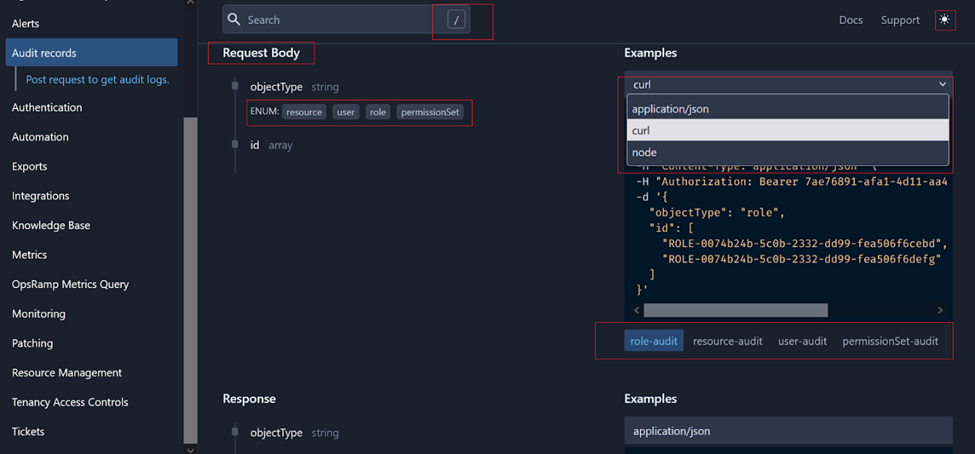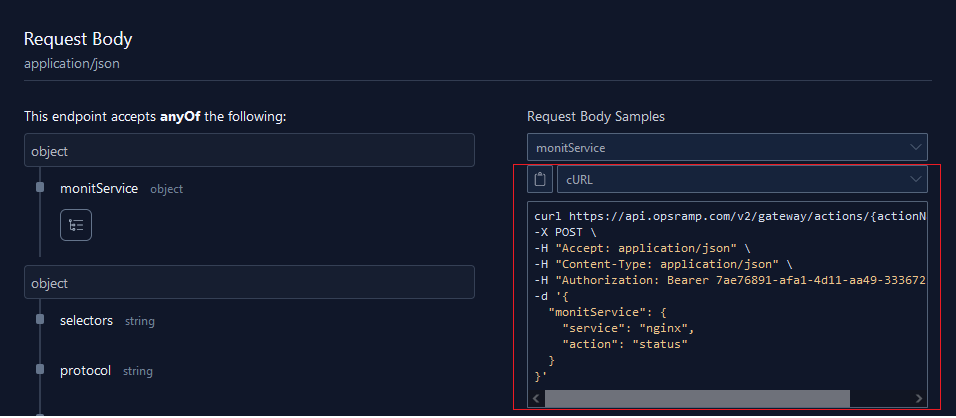In the last two decades, the software industry has shifted away from on-premises applications to software-as-a-service (SaaS). SaaS now accounts for 70% of the business software market according to BetterCloud, and is worth more than $170bn annually, according to Gartner.
SaaS removed the overhead of having to manage local hardware and made it much easier for organizations to scale up new application instances. But SaaS also created a new need for application integration. Monolithic suites of on-premises software from the same vendor gave way to multiple SaaS applications from different vendors. Organizations now use more than 130 SaaS applications on average, even as 40% of IT professionals say they consolidated redundant SaaS applications in 2022.
Application Programming Interfaces (APIs) are the glue that developers use to integrate those SaaS applications and allow businesses to operate on heterogeneous SaaS platforms. APIs also play a crucial role in application monitoring. Such a ubiquitous presence has put API developers in a valuable spot. Developers now play a pivotal role in providing value from procurement to adoption.
OpsRamp APIs
Customers’ businesses need to operate on heterogeneous platforms with the ability to integrate seamlessly. Developers can enable that integration via APIs and provide faster time to value. OpsRamp APIs provide a world-class developer experience (DX) by taking an API-first approach and focusing on increased speed to market. This new API developer experience is based on the OpenAPI specification, a standard, language-agnostic interface to HTTP(S) APIs which allows both humans and computers to discover and understand the capabilities of the RESTful web service without access to source code, documentation, or through network traffic inspection.
OpsRamp has updated its API documentation site to guide developers on how to call OpsRamp APIs, enabling OpsRamp to integrate with resources it is monitoring or to interface with complementary systems, such as ITSM or security tools.
OpsRamp API usage could be classified in three (3) categories.
- Internal: Consume web services internally to facilitate a modular and service oriented architecture, i.e microservices.
- External: Understand and effectively use for business-specific needs by target personas. These would be systems OpsRamp is monitoring and collecting data from, such as application servers, web servers, databases and cloud resources.
- Integrations: Integrate with 3rd Party tools to leverage existing ecosystems enabling growth opportunities and partnerships. These would be complementary tools OpsRamp is integrating with, such as ITSM or security.
Improving the Developer Experience
Here are some of the key elements of OpsRamp’s improved API developer experience
1. A shift from a static catalog that described REST API implementation policies and guidelines to one based on the OpenAPI specification that guides you through the process of calling OpsRamp and Gateway APIs.- Enables the developer toolkit to leverage OpsRamp capabilities for calling APIs.
- Developers can now access sample code references, such as auto-generated curl code
- Intuitive schema attributes and their supported values for efficient endpoints usage. Explains to users which API applies to which use cases.
- Feature-wise logical APIs classification to connect better with platform workflows
Dark mode setting for better visibility

2. Specs-driven API documentation
- Leverages the advantages of all the capabilities of the OpenAPI Specification (OAS) with OAS Version 3.0 as the baseline.
- Defines the auth model in the schema representation.
- Provides a hierarchical schema representation of the JSON request-and-response payloads. This will let developers understand the product schema and consume in a better way.
- The logical set of payload examples representing the schema. Users can potentially use the payload for mock testing.
- Feature-based downloadable OAS Specification to enable developers to easily and quickly develop automations.
3. Getting started with OpsRamp API’s
Go to the Getting Started Page for step-by-step instructions to call OpsRamp and Gateway APIs. You’ll need your Key, Secret and API Endpoint from your integration to begin.

Next Steps:
- Read the Press Release: OpsRamp Now Supports More Than 2500 Integrations Across Native Monitoring Environments and External Tools
- Learn More About OpsRamp’s Tools Consolidation and Modernization Use Case
- Learn More About How OpsRamp’s Integrations Can Help You Stop Swivel-Chair IT Operations Management.
- Schedule a custom demo with an OpsRamp solution expert.



